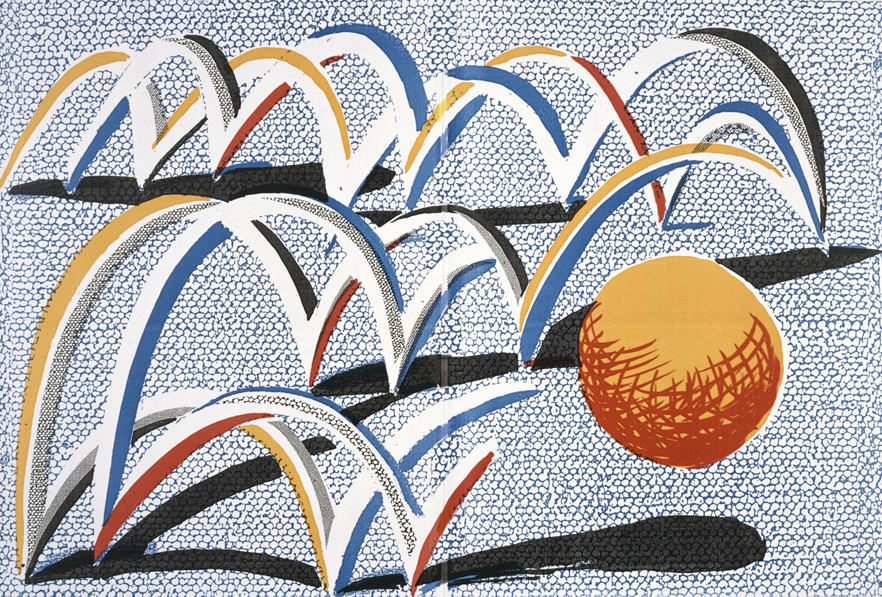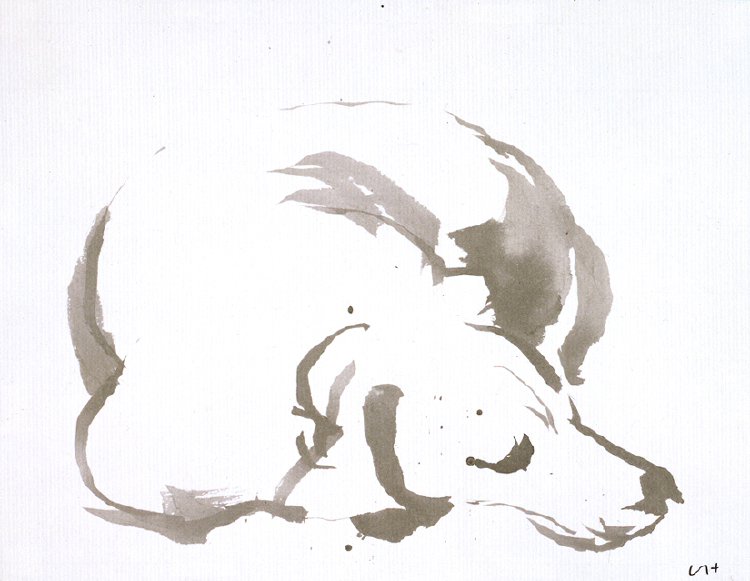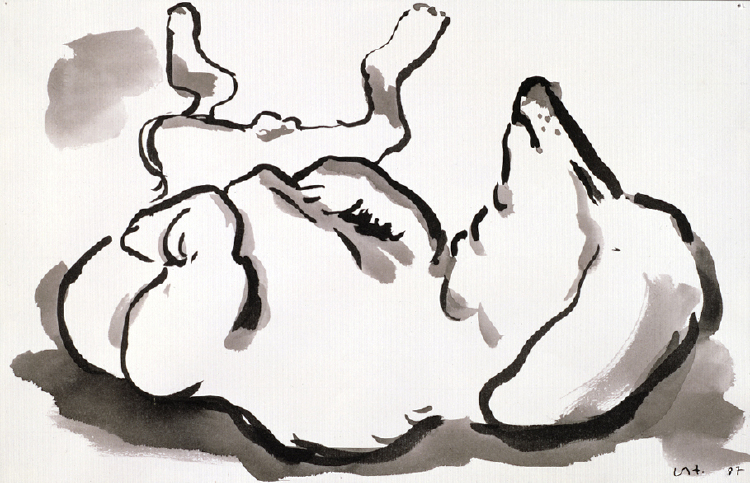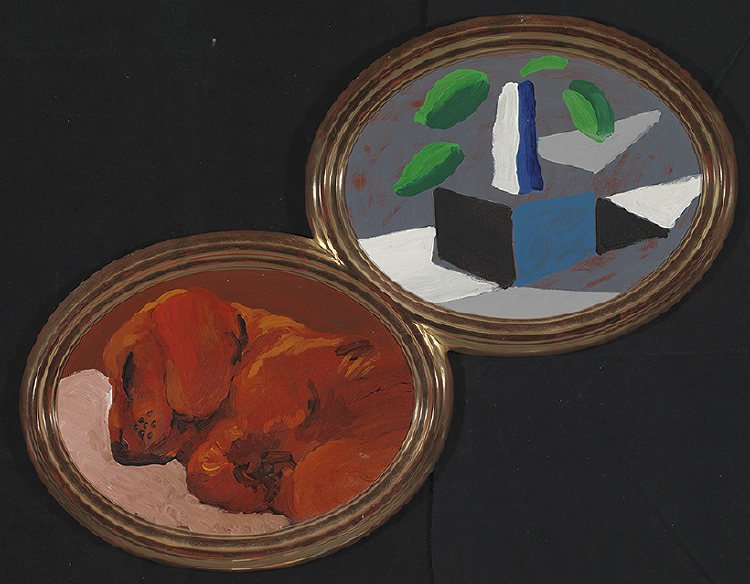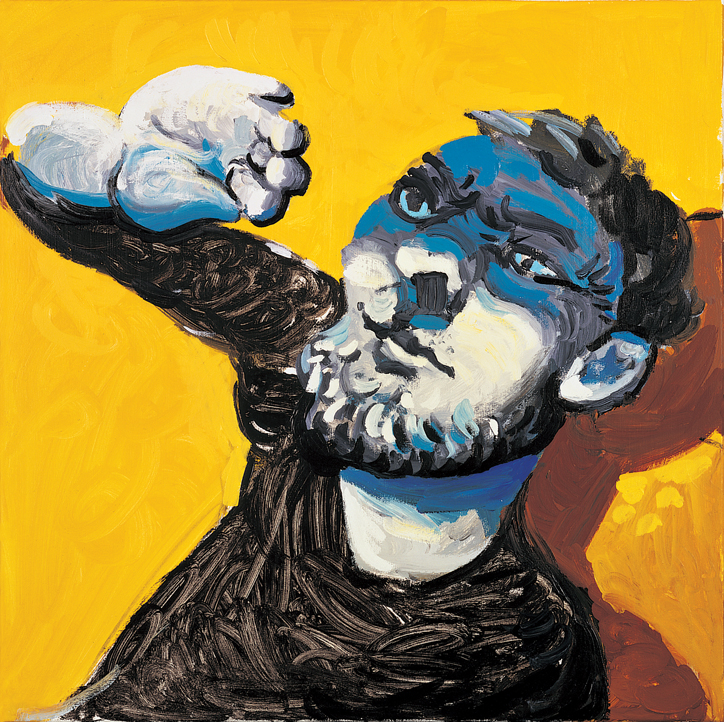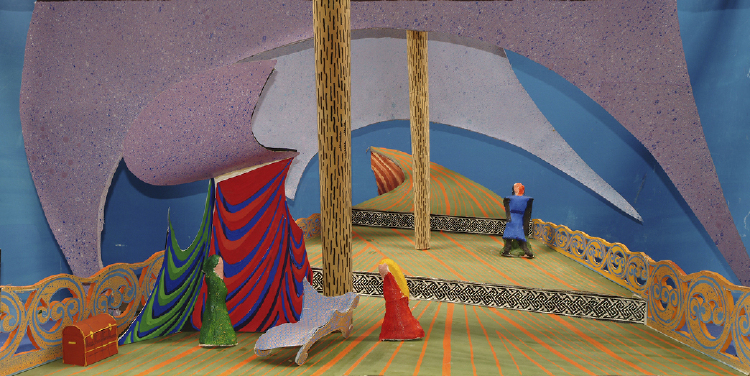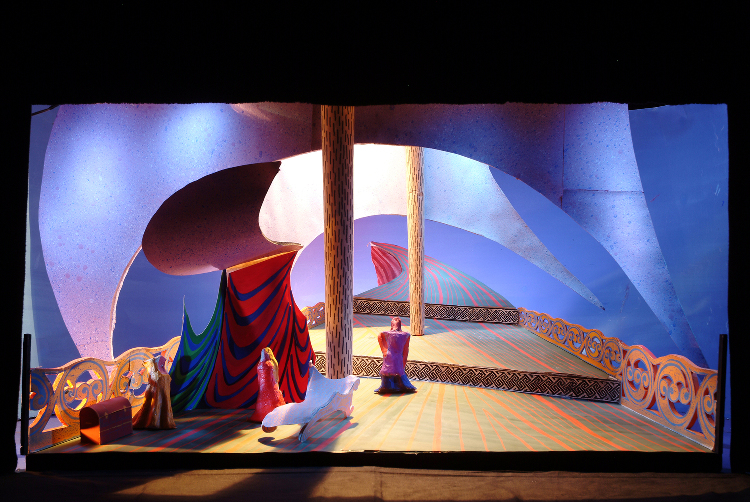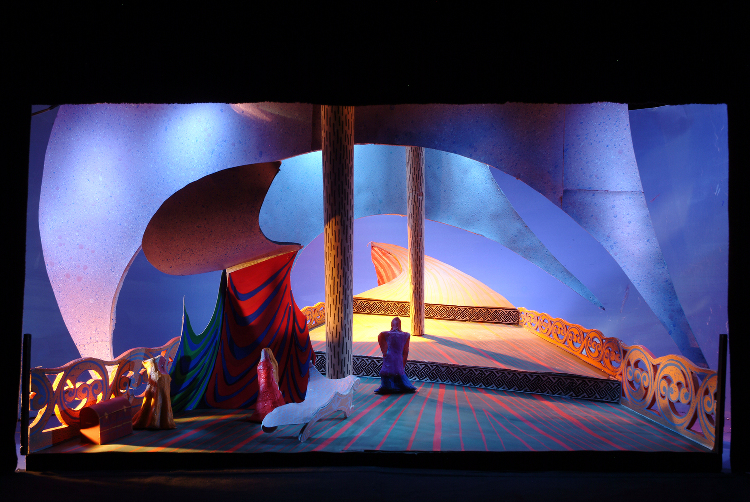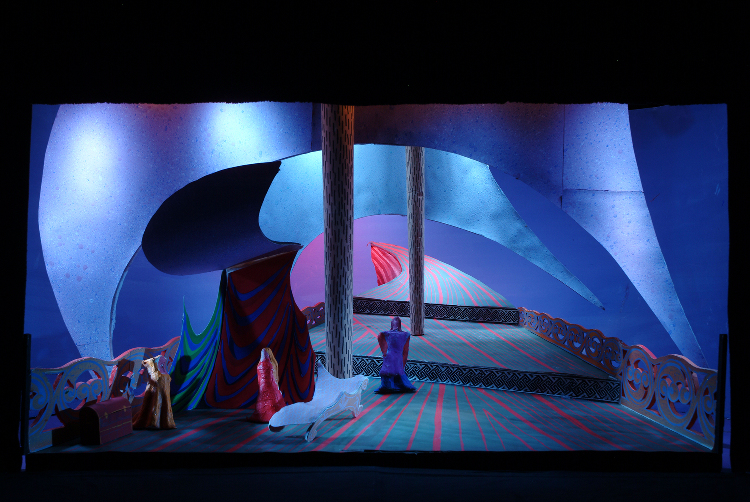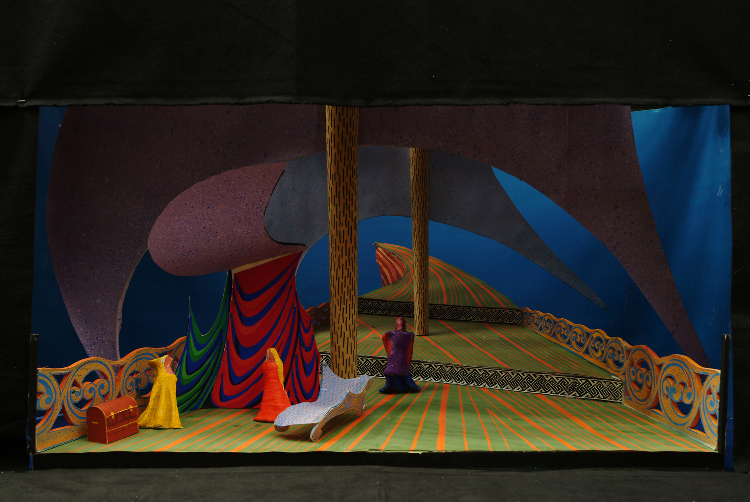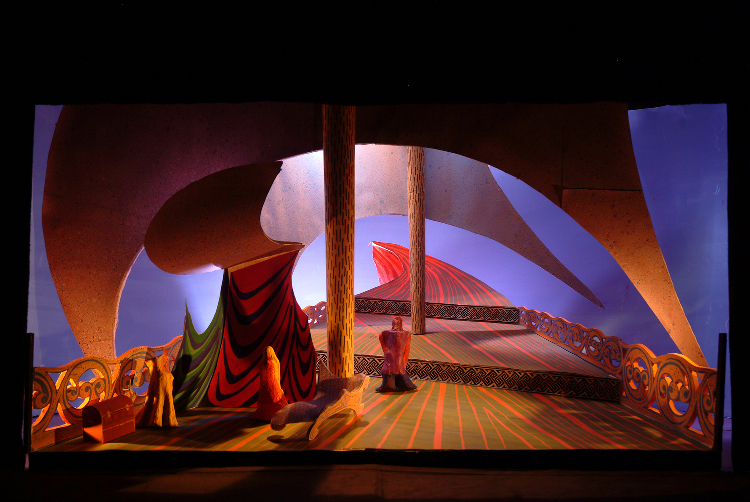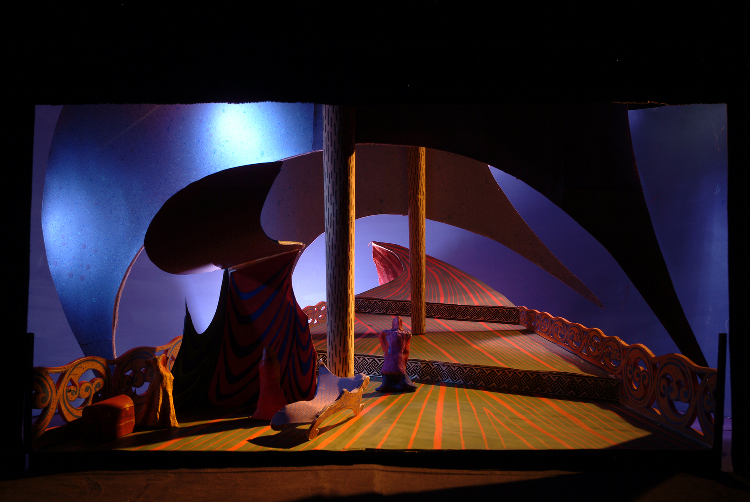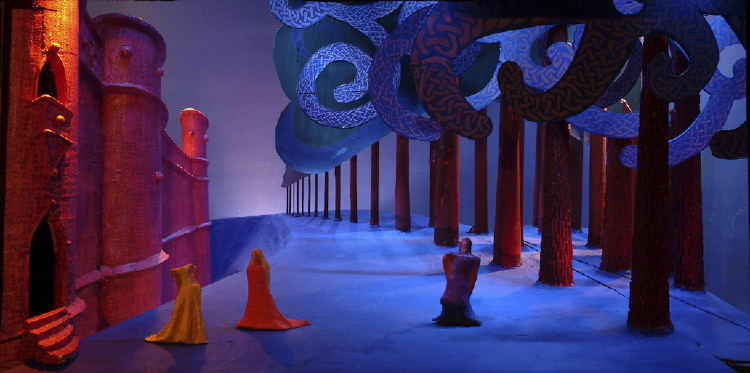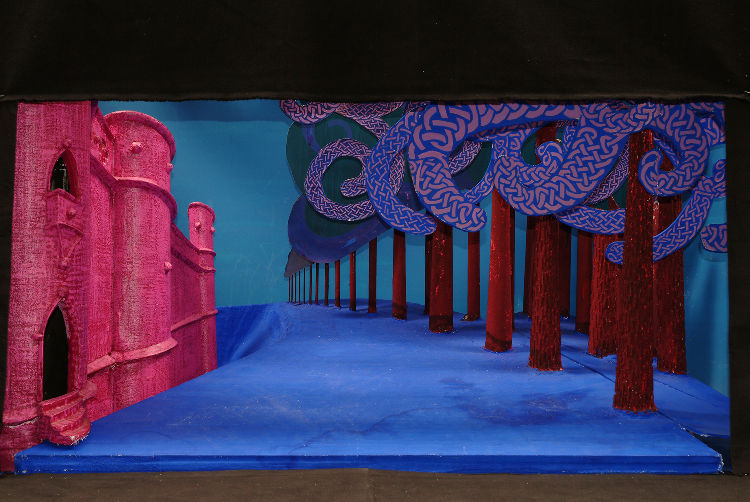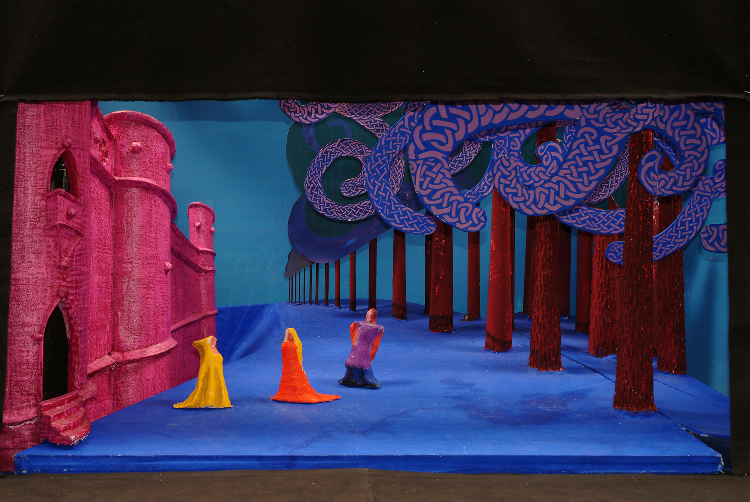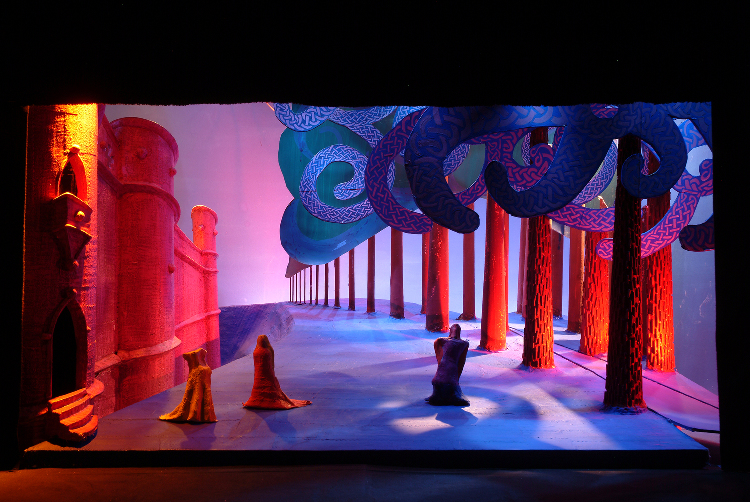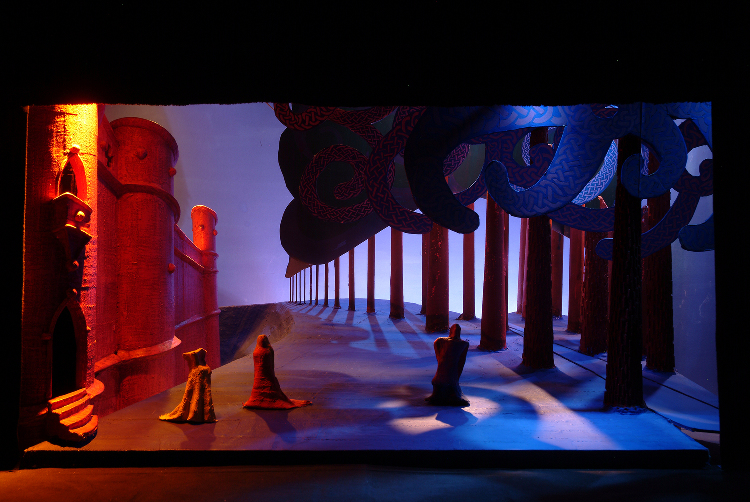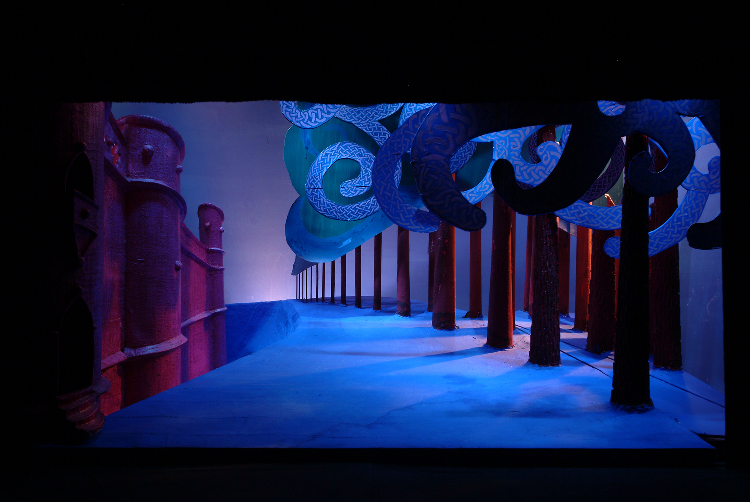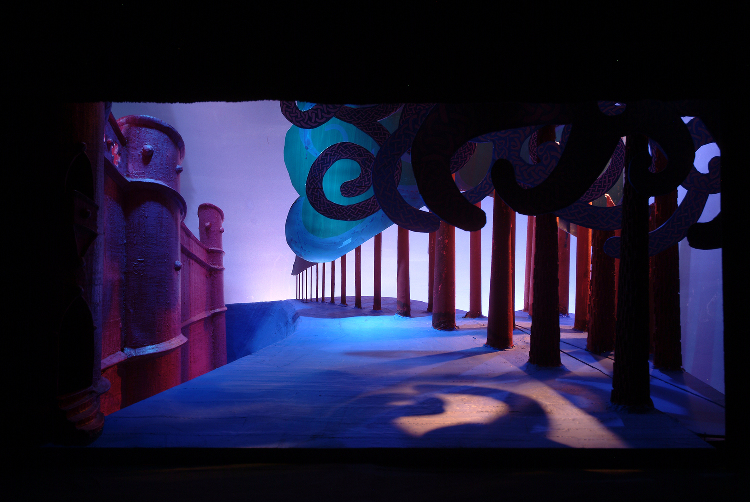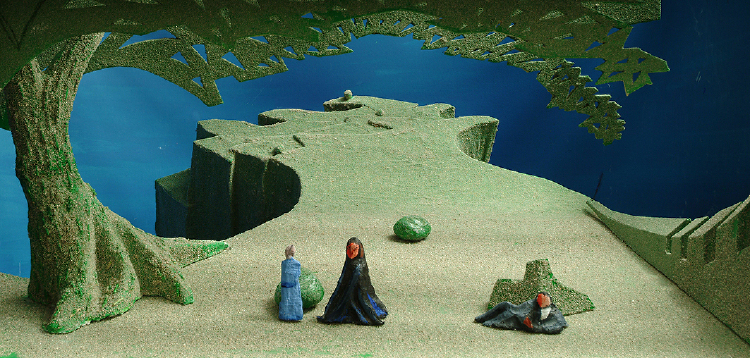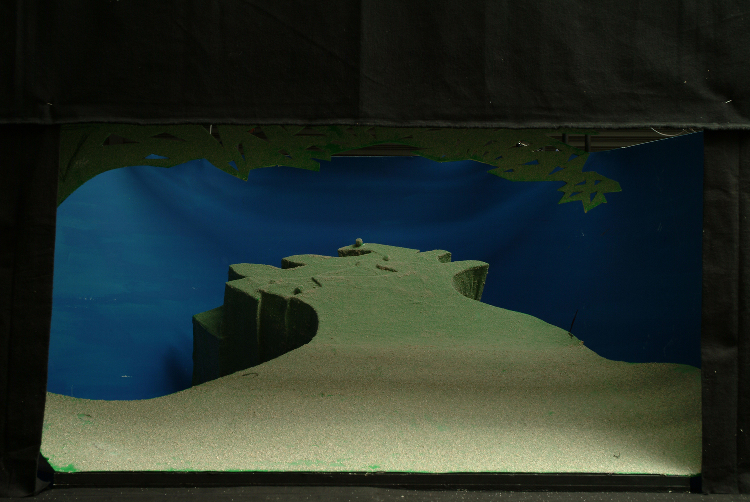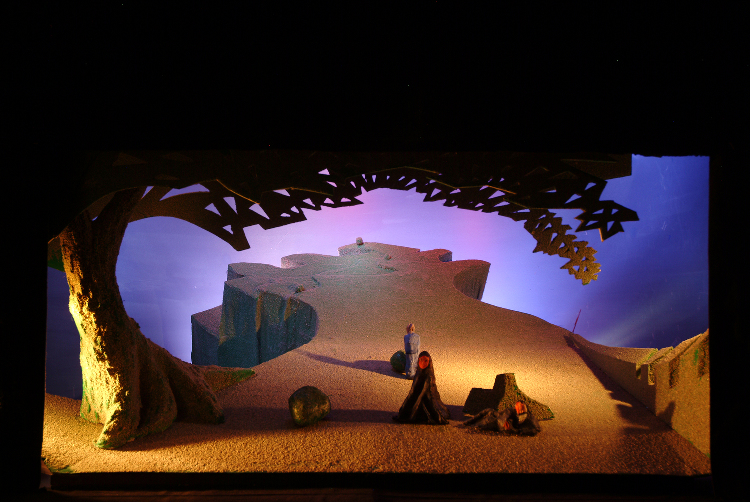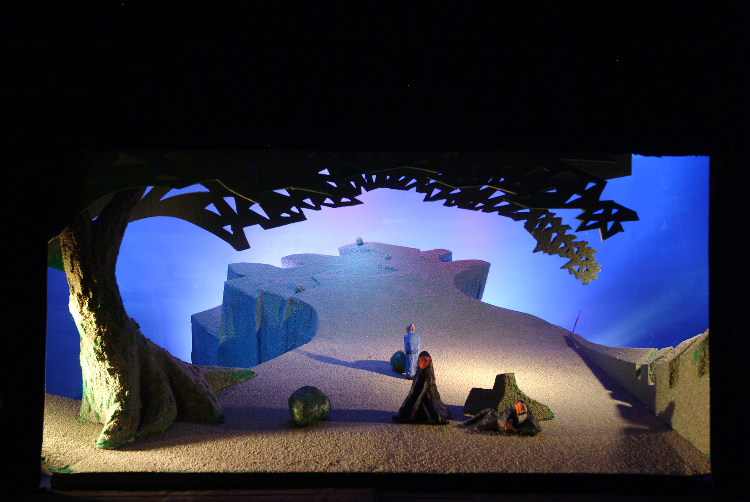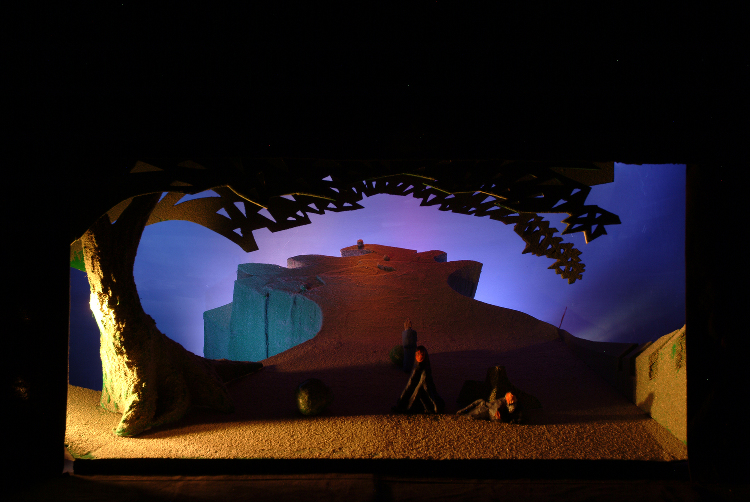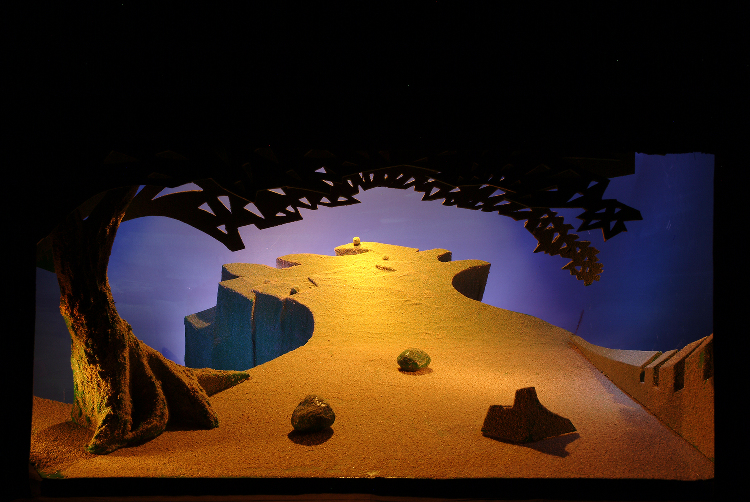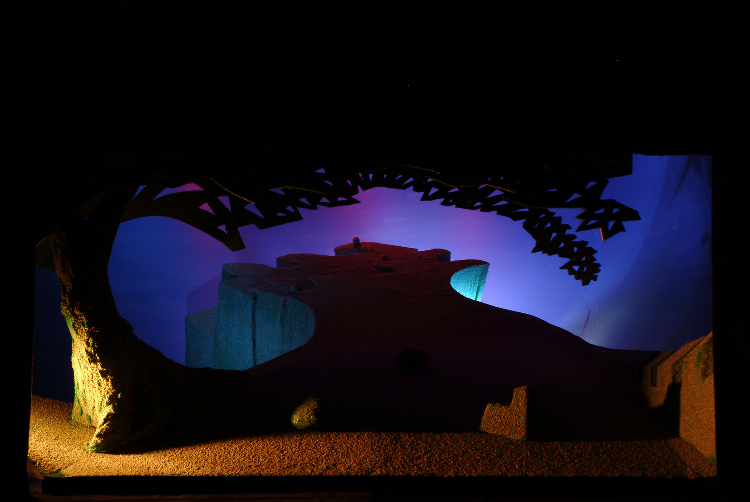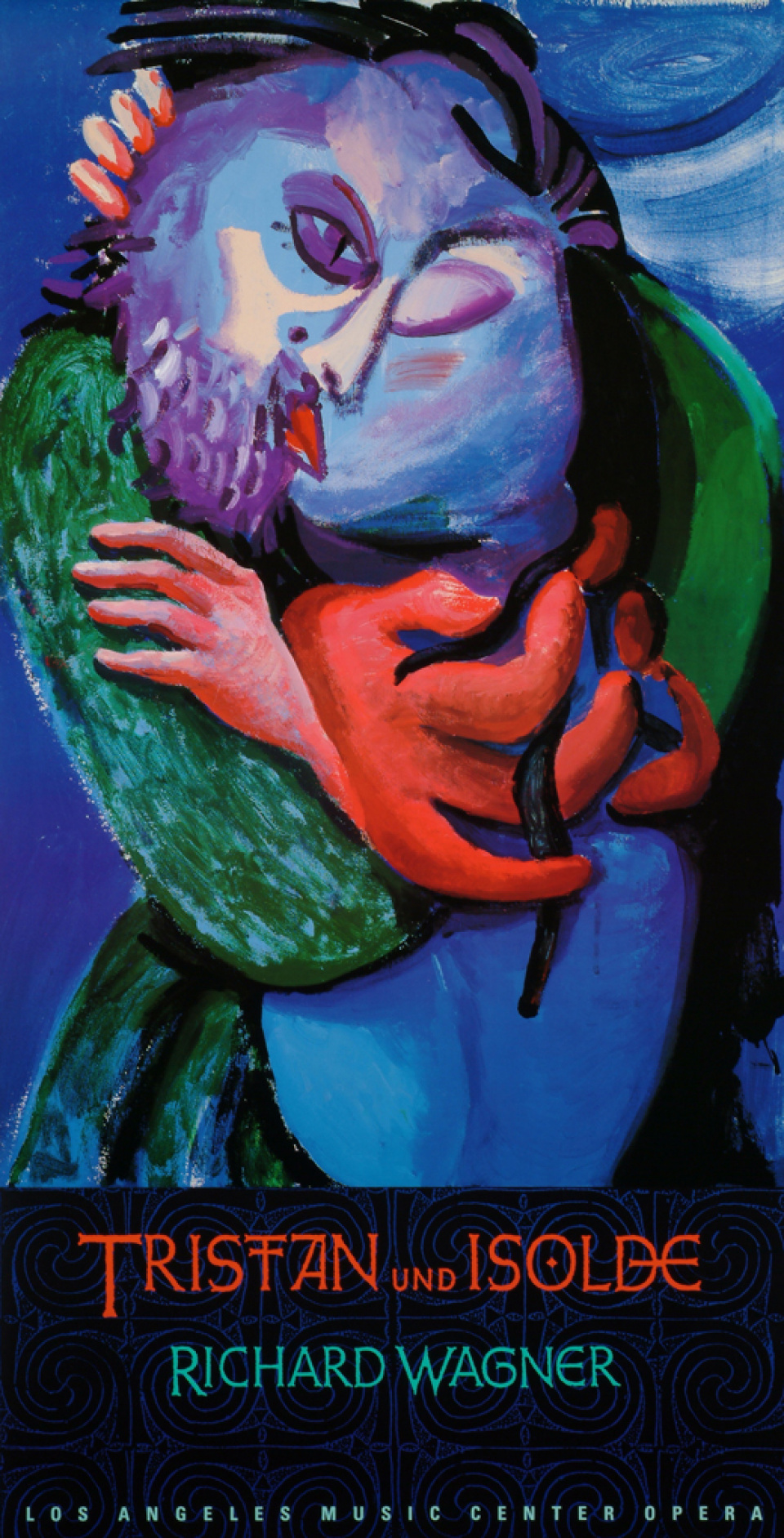
Color photocopier
To further expand his “home made” printmaking capabilities, Hockney purchases a color laser photocopier to reproduce his paintings and reconfigure and collage previously made drawings. He designs prints for distribution on the pages of newsstand publications, from Interview [NESTED]magazine (1986) to the newspaper Telegraph & Argus. For its four-color image, published on February 24, the latter advertises: “It’s not every day that you can buy a David Hockney Masterpiece for 18p.”
I’ve always been interested in printing as a medium, and also as a medium through which my work can be known—can reach a public. So I’ve taken an interest in any technology to do with image-making: printing, cameras, reproduction itself. Lots of artists aren’t interested and don’t necessarily have to be. A painter needn’t care about any of them; he can still do interesting paintings just with brushes and paints. But I am interested.
Two dachshunds
Hockney adopts two dachshunds, Stanley and Rupert, and makes his first portraits of them. This casual drawing and painting exercise develops in [NESTED]intensity in the years to come.
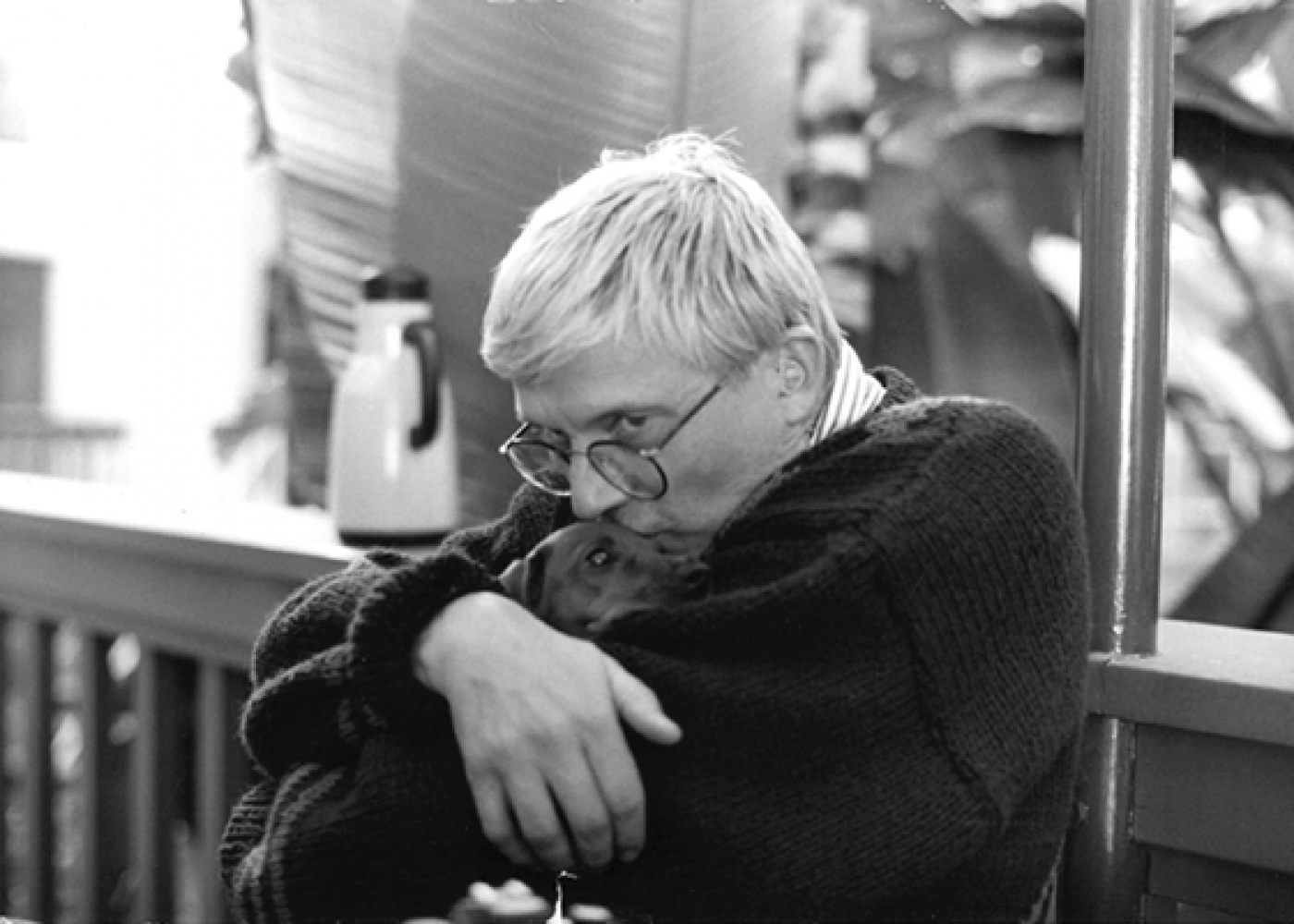



50th birthday
For his 50th birthday, the Los Angeles Times profiles Hockney. Waldemar Januszczk writes: “From my experiences of a long warm afternoon in the Hockney household, the whole world comes to see him. The phone never stops ringing. An assortment of males, young and old, secretaries, workmen, assistants, hangers-on, visitors from abroad, people doing books, people who make the tea, people who look after Hockney’s two noisy little dogs, gardeners, college friends from Bradford, and me, all of us buzz around the lopsided house clinging to a hillside like drones around a hive.” Back in Yorkshire, Hockney’s close friend Jonathan Silver celebrates his career by transforming the decrepit Salts Mill building in Saltaire, near Bradford, into an arts space dedicated to showing Hockney’s work as well as to supporting a sense of community in an economically suffering village.
Tristan und Isolde
At his Los Angeles studio, Hockney plans the design for Richard Wagner’s Tristan und Isolde, to open at Los Angeles Music Center Opera in December, directed by Jonathan Miller. He completes paintings of assorted opera characters—“close-ups of what I thought the drama was going to look like .... I did the paintings to provide my own atmosphere.” When the production opens, the extraordinary painterly backdrops and lighting are particularly admired by critics, for example John Russell in the New York Times: [NESTED]“When the action moved in Act III to Tristan’s castle in Brittany, Hockney set the scene in a huge bare fortified space, granitic in its every detail .... When this tableau was revealed, something happened that is in general much reprobated. The house burst into applause, thereby drowning out one of Wagner’s most heartfelt inspirations .... And at the very end, when Wagner leaves the orchestra to sum up the long evening on its own, Hockney rose to the notorious challenge and whisked us in a matter of seconds to a world in which all life was extinguished and all light doused, and from there to a transfigured universe in which time past, time present and time to come were somehow in equilibrium. It was as awesome a moment as we shall ever see on a stage.”
The design for Tristan und Isolde was all about exactly where to put the lights. Whereas when I was doing the first operas, things like that never occurred to me—although they were lit perfectly well. In the last productions, I was deeply concerned about where the source of the light was going to be, and what it would do. The problem is: how can you make a deep space by using illusion? Therefore the lighting is totally part of the design, or it became it to me, because the lights control the image. That’s how the audience is going to see it. At one point, Tristan sings—mixing up the senses—"Do I hear the light?" It’s a very good line.
A Day on the Grand Canal
For inclusion in his upcoming retrospective at the Los Angeles County Museum of Art, Hockney collaborates with film director Philip Haas on A Day on the Grand Canal with the Emperor of China, intended to conjure the feeling and intellectual exercise of navigating through a Chinese scroll. [NESTED]Hockney’s narration focuses specifically on the 72-foot-long composition The Kangxi Emperor’s Southern Inspection Tour (1691–1698), scroll seven, executed by the artist Wang Hui and his assistants in the seventeenth century, prior to the introduction of Western one-point perspective in Chinese art.
You can’t see a scroll in a book, because in a book the page turns over on itself .... In fact, we made a film about the scroll with Philip Haas in 1987–88, and pointed out that the film was a sort of scroll, in which your viewpoint changes constantly as the camera moves. The film lasts forty minutes and the camera never stops moving. We then found out that the Chinese had rejected the idea of a vanishing point in the eleventh century because it meant that you—the viewer—weren’t there. You weren’t moving. If you’re not moving, in a way you’re dead.



Exhibitions
Solo
- Home Made Prints, Nishimura Gallery, Tokyo, Japan (Jan 19–Feb 7); catalogue.
- David Hockney, National Museum of Photography, UK Film and Television, Bradford, UK (Mar–Apr 19, 1987).
Group
- British Art in the Twentieth Century: The Modern Movement, Royal Academy of Arts, London, UK (Jan–Apr 1987); catalogue.
- Photography and Art: Interactions since 1946, Los Angeles County Museum of Art, Los Angeles, CA, USA (Jun 4–Aug 30), travels to Museum of Art, Fort Lauderdale (Oct 14, 1987–Jan 24, 1988); Queens Museum, NY (Feb 13–Apr 3, 1988); Des Moines Art Center (May 6–Jun 26, 1988); catalogue.
Publications
Publications
- Moving Focus, Erika Meyerovich Gallery, San Francisco.
- The Artist’s Mother: Portraits and Homages, The Heckscher Museum, Huntington, NY.
- Tyler Graphics The Extended Image, by Martin Friedman et al., New York: Abbeville Press.
- Faces 1966-1984, by David Hockney, London and New York: Loyola Marymount University and Thames & Hudson.
- David Hockney: Revised and Updated Edition, by Marco Livingstone, London: Thames & Hudson.
- Hockney Posters, by Eric Shanes, London: Pavilion Books.
